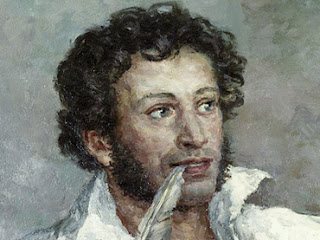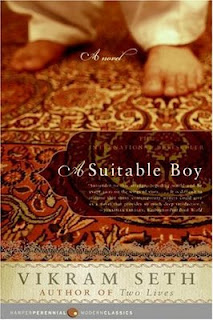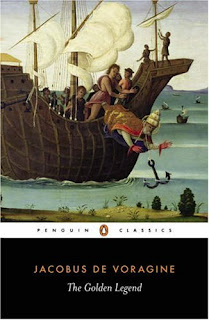Kick off James-A-Day with Canon Alberic's Scrap-Book

I'm so excited about sharing an M. R. James story with you every day! This is going to be great. Experts seem to call him MRJ all the time, so that's what we will do too, if only to save my fingers. I'll try to post some tidbits about him throughout the month along with the stories. One of the story's original illustrations Our first tale is "Canon Alberic's Scrap-Book." It was James' first story, written sometime in 1892 or 1893, and is semi-autobiographical--Dennistoun is himself. MRJ did cycle through the French countryside with two good friends looking for cathedrals and antiquities, and he did discover a book--though that was in Suffolk. He must have had some fun spinning his own trip into a ghost story! James read this story out to his literary group, the Chitchat Society, on October 28, 1893. This became quite a tradition, though it usually moved to Christmastime. Ghost stories at Christmas is a venerable English trad...


























